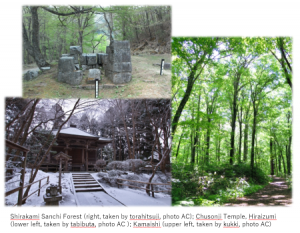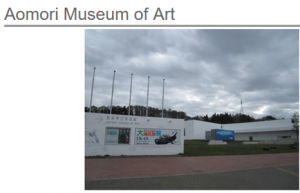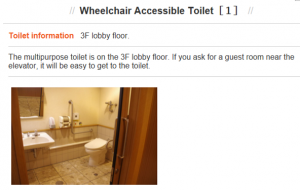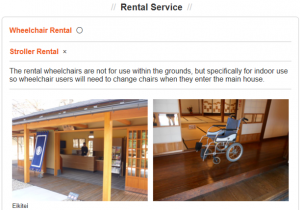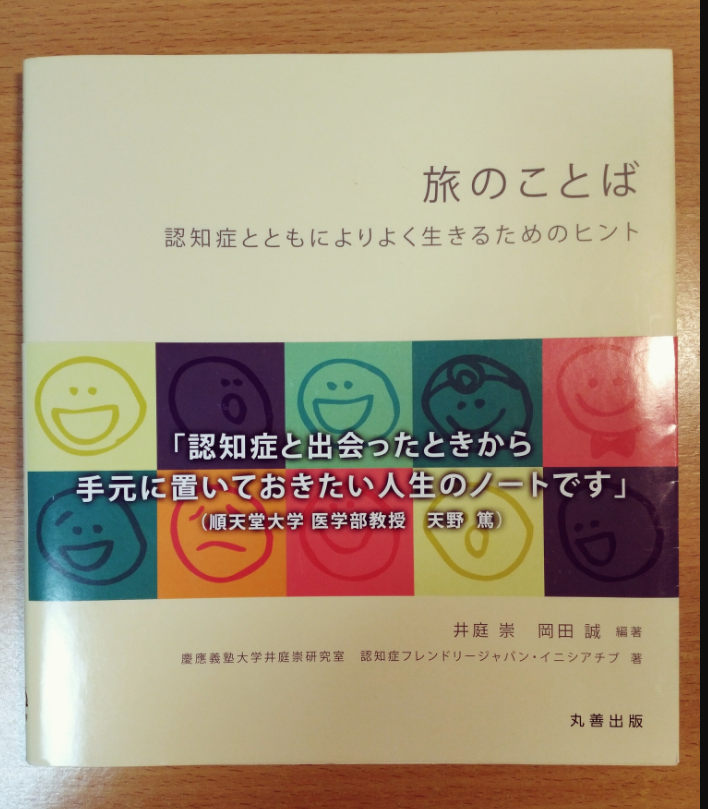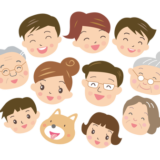Welcome back to our third installment, fellow readers of Ohatra blog! Did you get a chance to see sakura (cherry blossoms) at Kyoto? If you didn’t, do not worry because there’s still a chance for you to catch them up North as they bloom later further North. This time we will be taking you to the North-Eastern region of Japan, Tohoku! Tohoku literally means Northeast in Japanese. Many of those outside Japan might not be aware of this region so we will take you through a brief introduction of Tohoku before we dive deeper into our usual ‘tour’ of barrier-free sites.
Tohoku makes up of six prefectures, namely Akita, Aomori, Fukushima, Iwate, Miyagi and Yamagata. The region records some to the highest snowfall figures in the world during winter, earning the name Snow Country (Yukiguni) of the western part of Tohoku(Wikivoyage. “Tohoku”. https://en.wikivoyage.org/wiki/Tohoku Accessed 29 April 2019). Tohoku has three world heritages sites: Shirakami-Sanchi- Asia’s largest natural beech forest; Hiraizumi – buddist culture heritage from the former capital of the Tohoku Region around 12th century; and Kamaishi – one of the 6 areas of Japan’s Meiji Industrial Revolution: Iron and Steel, Shipbuilding and Coal Mining.
World Heritage Sites in Tohoku Region, Japan. Shirakami Sanchi Forests, Chusonji Temple in Hiraizumi, Steel Furnace in Meiji Era, Kamaishi
Due to the high snowfall and the mountainous terrain of the region, Tohoku has one of the best natural sceneries Japan has to offer. Besides that Tohoku region is known for its tasty fruits. Ask any Japanese and they would probably recommend you to try Aomori’s apples, Yamagata’s pears and cherries, and Fukushima’s peaches. Not only that there are many traditional festivals in the Tohoku region. Visit Tohoku Summer Matsuri for a list of festivals happening in Summer.
Interested to find out more about Tohoku now? Let’s take a look at the sites which will be useful in your travel to Tohoku.
- Japan Accessible Tourism Center
http://www.japan-accessible.com/index.htm
This is a site managed by a non-profit organization, and provides information of the accessibility in the most of the main cities of Japan.
Accommodation
http://www.japan-accessible.com/sleeping/onsen/tohoku.htm
(Source: http://www.japan-accessible.com/sleeping/onsen/tohoku.htm)
With freezing temperatures in winter, Tohoku is well known for its Onsen (hot springs) hotels. The site has its share of recommendation of Onsen hotels in the Tohoku region and gives a brief description of the accessibility. Links to the respective accommodation are included on the site as well. For the budget conscious, fear not, the site has also labelled each accommodation based on their price range as below.
(Source: http://www.japan-accessible.com/sleeping/onsen/tohoku.htm)
Sightseeing
This site also have a list of places to visit and things to do in Tohoku. Unfortunately, the site currently only focuses on two areas – Aomori and Sendai. Nevertheless, the places recommended are some of the top tourist spots and information given for the places of recommendation are sufficient. Some even have photos to show the actual condition of the facilities.
(Source: http://www.japan-accessible.com/city/aomori.htm)
(Source: http://www.japan-accessible.com/photo/tohoku/aomorimuseum.htm)
Moreover, each of the places recommended is labelled according to the accessibility as per the index below.
(Source: http://www.japan-accessible.com/city/aomori.htm)
- Accessible Travel Fukushima
https://www.fukushima-bftc.jp/en/
As the name suggests, this site focuses on the Fukushima region.
(Source: https://www.fukushima-bftc.jp/en/)
Accommodation
This site is very detailed on its coverage of the accessibility of the accommodations recommended. Extensive information including photos of the facilities, entrance of hotels and the rooms are uploaded on the site. Thumbs up to the site as it really helps the user to determine the actual condition of the accommodation before deciding on whether to book the place.
(Source: https://www.fukushima-bftc.jp/accommodations_en/yoshikawaya/)
Sightseeing
A very useful site with introduction to the tourist spots, maps, information on transportation and not to forget important information on the accessibility at the tourist attraction. As can be expected of a user-friendly site, each report of the site comes with photos of the accessibility of the recommended tourist spot.
(Source: https://www.fukushima-bftc.jp/tourist_facility_en/〔kyu-horikiri-tei-former-horikiri-residence/〕
The down side of this website, however, is that the site only covers a handful of tourist spots.
Our third installment of the series and the first of Reiwa period ends here. If you would like to know more about the region or would like to make a trip there, feel free to drop us an email. We will be happy to assist your barrier-free trip.
 おはようトラベル
おはようトラベル 